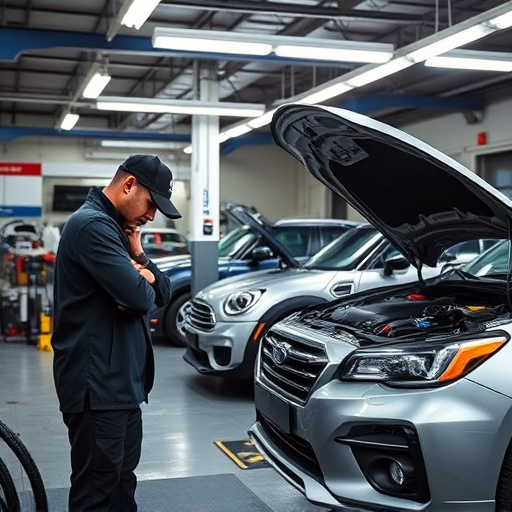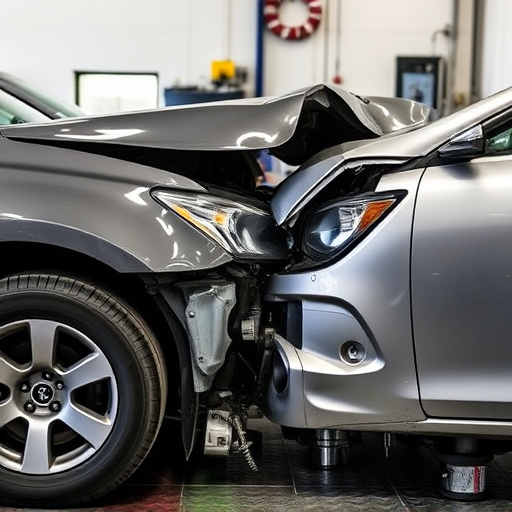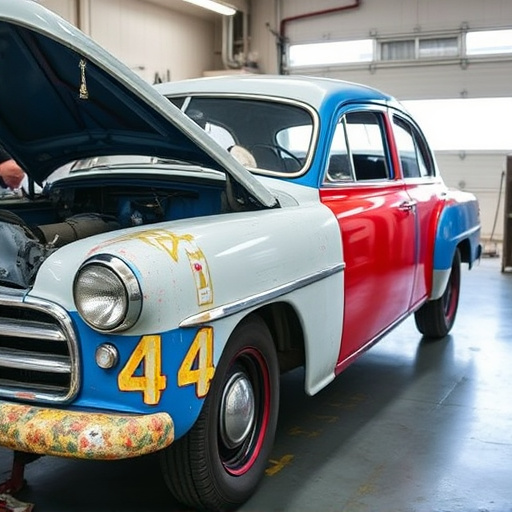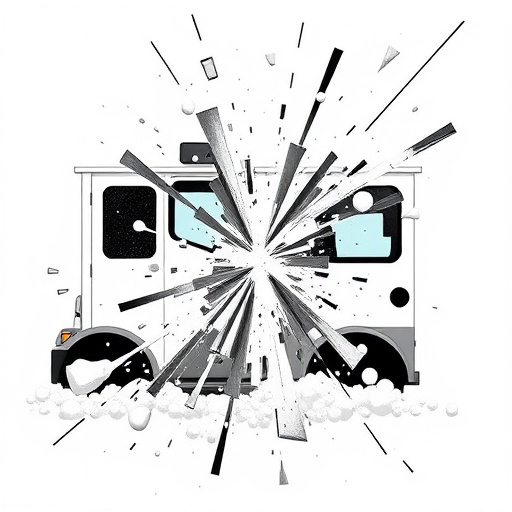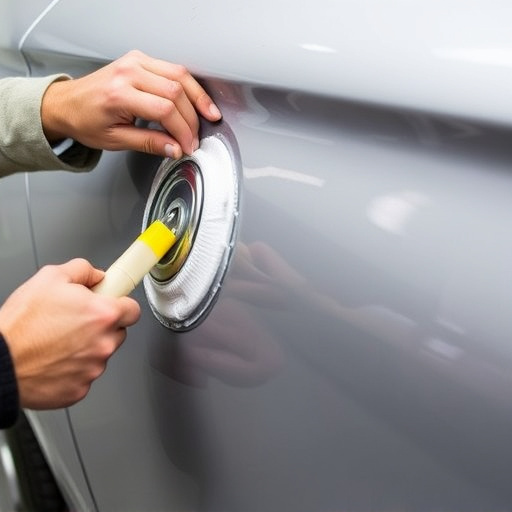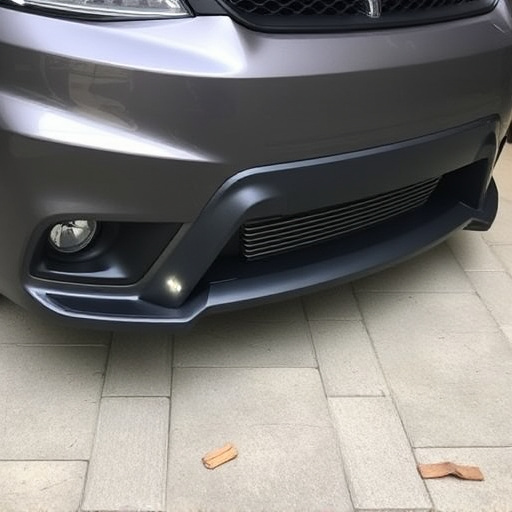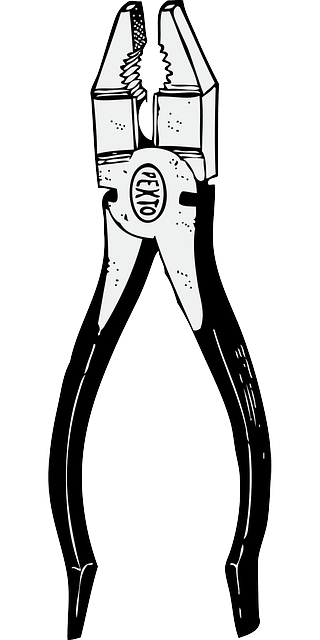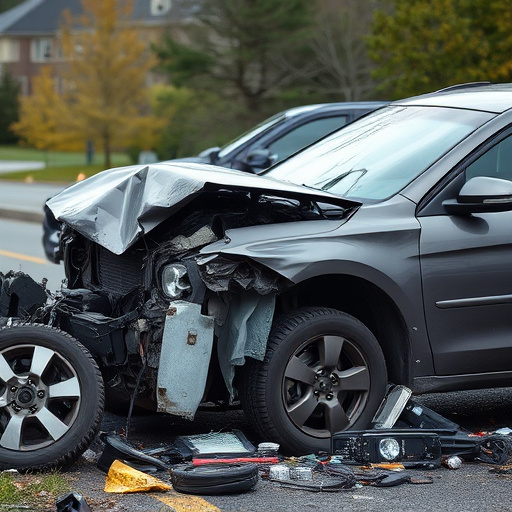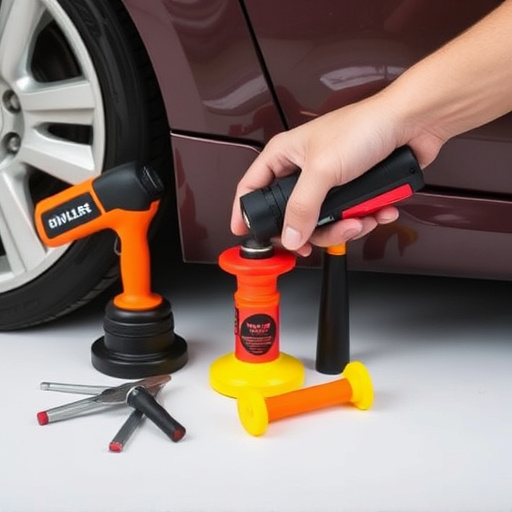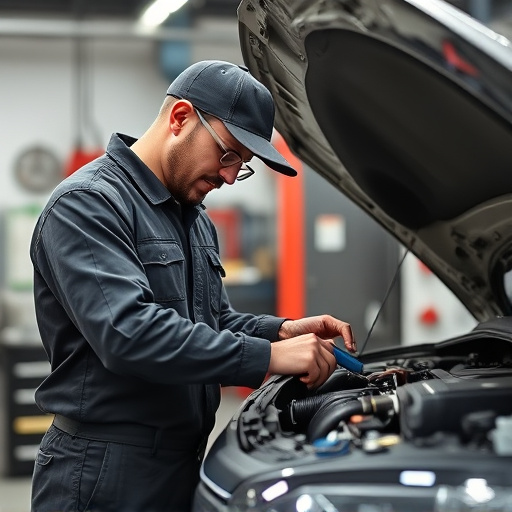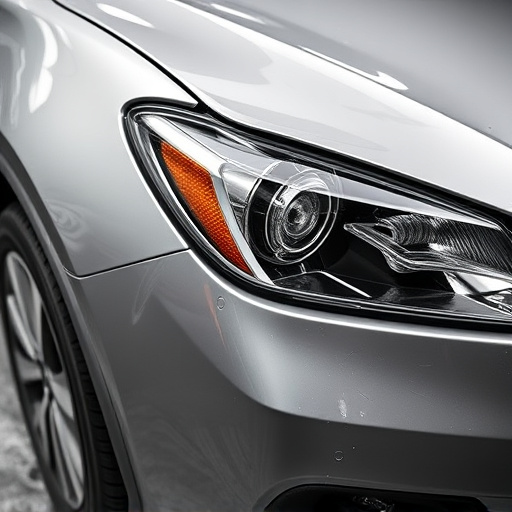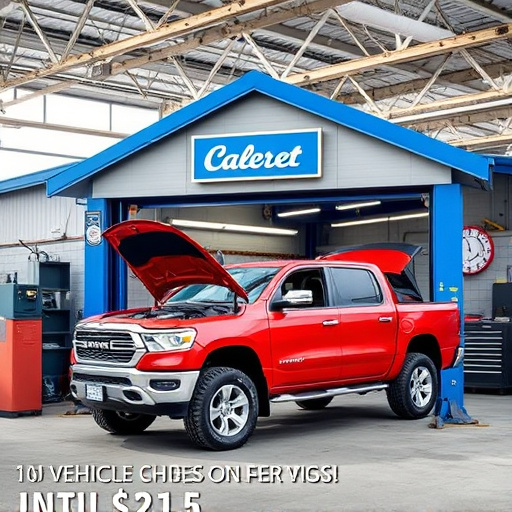Lightning strike auto repair involves a comprehensive assessment to identify damage from cosmetic to internal, focusing on exterior impact signs, fluid leaks, and electronics/electrical systems. Safety and performance are paramount, requiring meticulous structural repairs, specialized techniques, and expert technicians for severe cases. Battery disconnection, isolation of high-voltage parts, and thorough inspection, repair, replacement, and recalibration of electrical components ensure vehicle safety and functionality after a lightning strike.
After a devastating lightning strike, your vehicle needs meticulous care to restore it to its pre-damaged condition. This comprehensive checklist guides you through every step of the full restoration process, from initial damage assessment to structural repairs and electrical reconfiguration.
Discover how to navigate the complexities of lightning strike auto repair with our expert tips, ensuring your vehicle is safely back on the road.
- Assessing Lightning Strike Damage: Initial Inspection
- Structural Restoration: Framework and Body Repairs
- Electrical Safety & Reconfiguration: Back to Running Order
Assessing Lightning Strike Damage: Initial Inspection
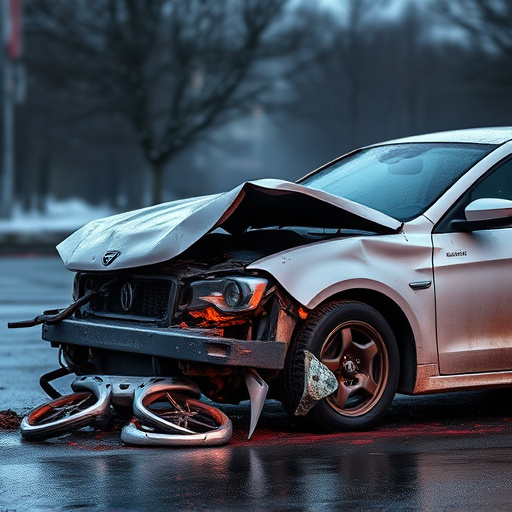
When a vehicle suffers a lightning strike, the initial assessment is crucial for effective lightning strike auto repair. This step involves a thorough inspection to determine the extent of the damage, which can range from external cosmetic issues to more severe internal complications. Skilled technicians will carefully examine the car’s exterior for signs of impact, such as dents, cracks, or charred areas, which may indicate where lightning made first contact.
During this initial inspection, they’ll also check for any fluid leaks, especially from the engine compartment, as electrical arcing can cause significant damage to internal components. Moreover, paying close attention to the vehicle’s electronics and electrical systems is essential, as lightning strikes can leave behind hidden issues that may compromise safety and performance. This meticulous assessment forms the foundation for accurate auto maintenance and targeted collision repair shop procedures.
Structural Restoration: Framework and Body Repairs
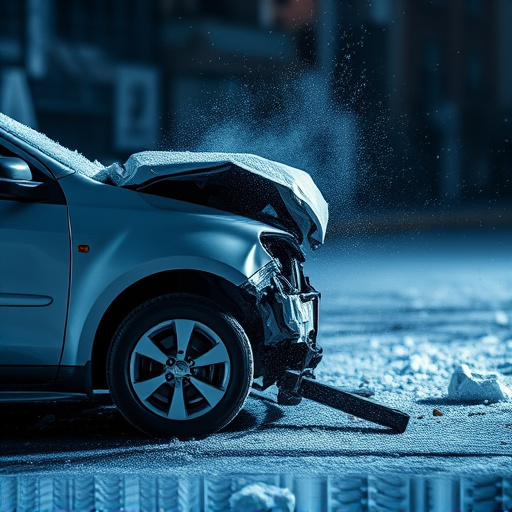
After a lightning strike, the structural integrity of a vehicle is often compromised, making thorough repairs essential for safe driving and optimal performance. The framework and body are critical components that require meticulous attention to ensure the car can withstand the rigors of daily use. This involves assessing any metal damage, from bent panels to warped frames, which may need specialized techniques like straightening or replacement.
In cases of severe lightning strike auto repair, expert technicians employ advanced tools and methods tailored for complex body repairs. For luxury vehicles like Mercedes-Benz, collision repair experts understand the intricate details and precision needed to restore these fine automobiles to their original condition. This meticulous process not only ensures structural soundness but also preserves the vehicle’s aesthetics, addressing scratches or dents with auto maintenance techniques that match the car’s finish seamlessly.
Electrical Safety & Reconfiguration: Back to Running Order
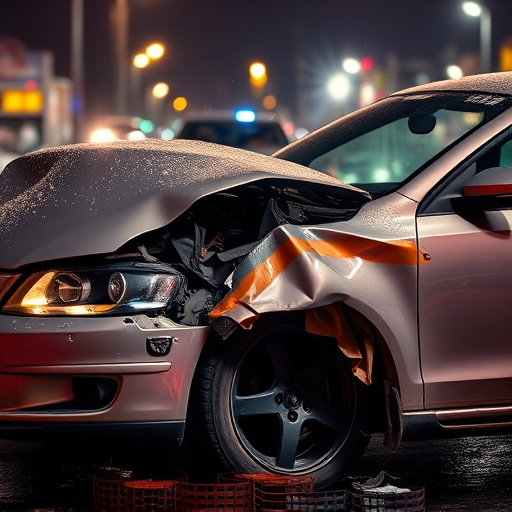
After a lightning strike, the vehicle’s electrical system is at the heart of the repair process. Electrical Safety & Reconfiguration is a critical step in any lightning strike auto repair. The first order of business is to ensure the safety of all involved by disconnecting the battery and isolating high-voltage components. This cautious approach prevents any potential shocks or further damage during the restoration process.
Once the vehicle is safe, the next phase involves reconfiguring the electrical system. This meticulous task includes inspecting and repairing damaged wires, replacing faulty components, and recalibrating sensors. The goal is to restore the car’s electrical functionality while adhering to safety standards. It’s not just about fixing the exterior dents (car dent removal) or interior damage (vehicle dent repair); it’s about ensuring the entire electrical system operates seamlessly and safely, bringing the vehicle back to its pre-strike condition.
Restoring a vehicle after a lightning strike requires a comprehensive approach addressing structural, electrical, and safety concerns. With the right checklist, like the one outlined in this article, car owners can ensure their vehicles are safely back on the road. By following these steps for full restoration, including initial damage assessment, thorough framework and body repairs, and meticulous reconfiguration of electrical systems, you’ll be well-equipped to handle the challenges of lightning strike auto repair.


